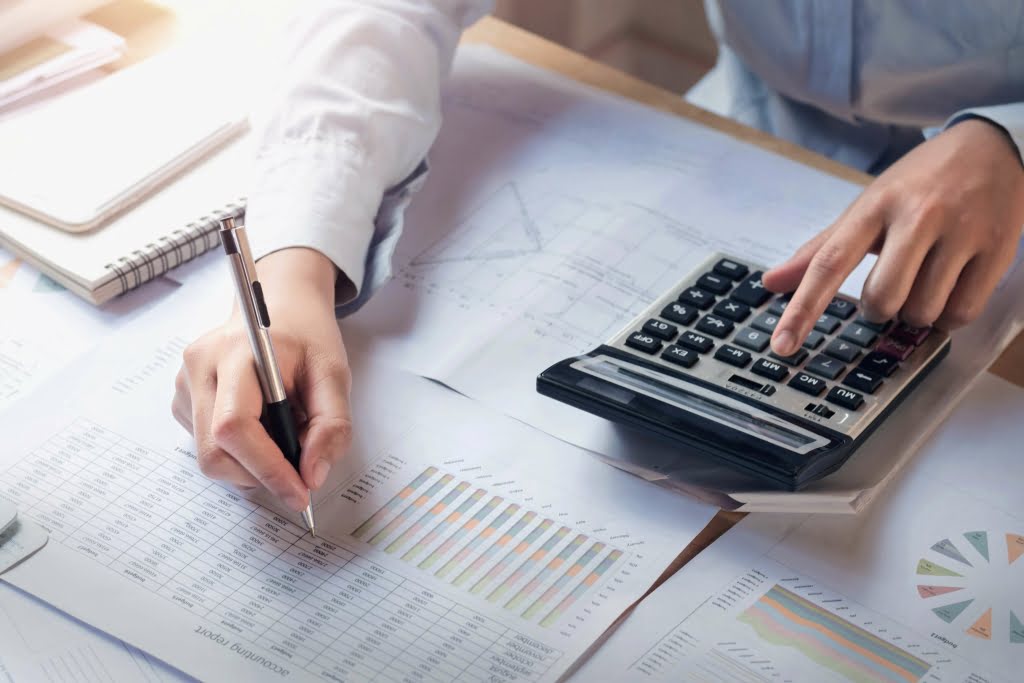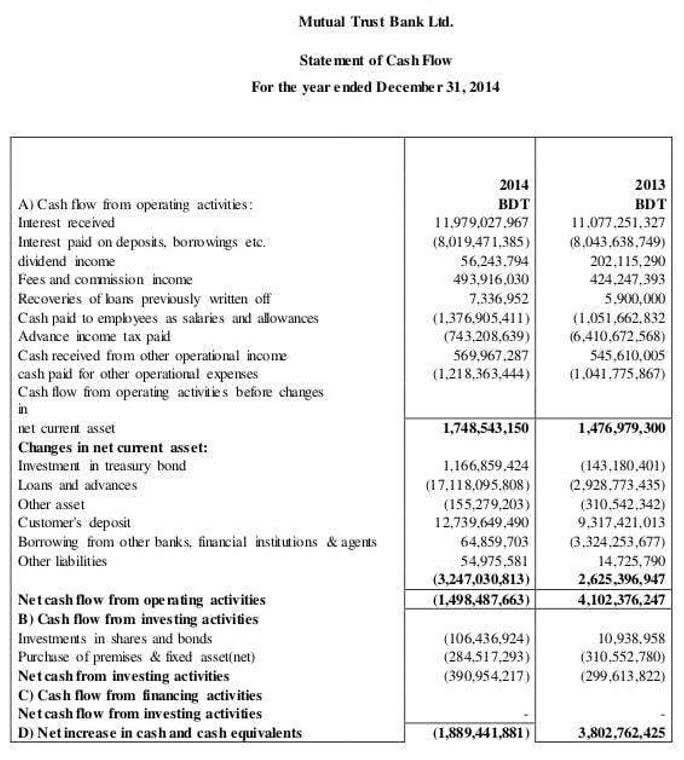
Calculate it Interior Design Bookkeeping by dividing the total cost minus salvage value by the estimated total units the asset will produce or hours it will operate over its life. Multiply this rate by the actual units produced or hours operated each year to get your depreciation expense. However, there are also some disadvantages to the Double Declining Balance method. For example, it can be difficult to understand and calculate for those unfamiliar with accounting principles. Furthermore, it results in a higher depreciation expense in the early years which may not always align with the actual economic benefit that the asset provides to the business.
Financial Statement Impact of Different Depreciation Methods

This method is especially useful for assets that quickly lose their value or become obsolete, such as ledger account technology or machinery. Businesses that expect their assets to provide more value upfront might find DDB advantageous as it matches depreciation expenses more closely with the asset’s actual economic output during its initial years. Depreciation is the act of writing off an asset’s value over its expected useful life, and reporting it on IRS Form 4562. Depreciation expense, on the other hand, is recorded on the company’s income statement.
Slavery Statement

Adam received his master’s in economics from The New School for Social Research and his Ph.D. from the University of Wisconsin-Madison in sociology. He is a CFA charterholder as well as holding FINRA Series 7, 55 & 63 licenses. He currently researches and teaches economic sociology and the social studies of finance at the Hebrew University in Jerusalem. Learn how depreciation works, and leverage it to increase your small business tax savings—especially when you need them the most. Learn how to satisfy the IRS using a reasonable salary for your shareholders.

Understanding Double Declining Balance Depreciation
Explore the nuances of double declining balance depreciation, its calculation, and how it compares to other methods. The true purpose of calculating a depreciation expense is to allow the business to set aside profits in order to be able to replace the fixed asset at the end of its useful life. Each year the declining balance depreciation rate is applied to the opening net book value of the asset. At the end of 4 years the net book value is 1,296 which equals the salvage value of the asset.
- An asset costing $20,000 has estimated useful life of 5 years and salvage value of $4,500.
- Once you calculate the depreciable cost each year, just calculate the depreciation expense of 40%.
- Through this example, we can see how the DDB method allocates a larger depreciation expense in the early years and gradually reduces it over the asset’s useful life.
- Our solution has the ability to record transactions, which will be automatically posted into the ERP, automating 70% of your account reconciliation process.
- The double declining balance (DDB) method is a depreciation technique designed to account for the rapid loss of value in certain assets.
- If you want to learn more about fixed asset accounting as a whole, then head to our guide on what fixed asset accounting is, where we discuss the four important things you need to know.
Ready to grow your business?
Depreciation allows businesses to match the expense of using an asset with the revenue it helps generate, which provides more accurate financial reporting. While straight-line depreciation rates offer more stable expense reporting, the double-declining balance method takes a double declining balance method more detailed—and often realistic—view. It accommodates fixed assets like machinery, vehicles, or technology that depreciate rapidly at first, before slowing as time goes on.
- By keeping an eye on how much your assets have depreciated, you can better plan when to invest in new equipment and so avoid unexpected hits to your cash flow.
- But as time goes by, the fixed asset may experience problems due to wear and tear, which would result in repairs and maintenance costs.
- Yes, businesses can switch methods if they find another one suits their needs better.
- The amount of final year depreciation will equal the difference between the book value of the laptop at the start of the accounting period ($218.75) and the asset’s salvage value ($200).
What is An Accelerated Depreciation Method?
So whether you need to monitor the depreciation of machinery, vehicles, tech, or all of the above, Netgain will help you take control of your asset management. However, it’s important to be aware that DDB can overstate expenses early on and understate them later, which might not suit every type of asset or business model. As these examples show, the DDB method can be particularly useful for depreciating assets that have a rapid decline in efficiency, effectiveness, or relevance. For instance, if an asset has a life of five years, the sum of the years’ digits would be 15 (5+4+3+2+1). In the first year, you use 5/15 of the depreciable base, then 4/15 in the second year, and so on. So each year, you would record a depreciation expense of $4,500 for the delivery truck.